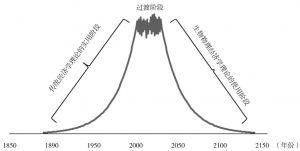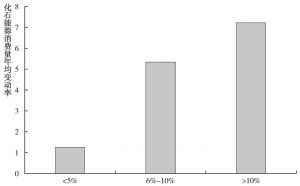章节
生物物理经济学初探
检索正文关键字
章节目录
-
第一节 经济学流派与能源作用
- 一 历史上各经济学流派
- (一)重商主义经济(15~18世纪)
- (二)重农主义经济(18世纪中叶)
- (三)古典主义经济学(18~19世纪)
- (四)新古典主义经济学(1880年至今)
- 二 能源在各经济学流派中的作用
- 一 历史上各经济学流派
-
第二节 新古典主义经济学的主要问题
- 一 原理问题
- 二 边界问题
- 三 假设问题
- 四 检验问题
-
第三节 生物物理经济学理论初探
- 一 背景
- 二 理论基础
- (一)系统论(System)
- (二)能值理论(Energy Theory)
- (三)热力学两大定律(Laws of Thermodynamics)
- (四)先用最好原理(Best First Principle)
- (五)最大功率原则(Maximum Power Principle)
- 三 定义
- 四 主要理论
- (一)自然资源是有限的,化石能源生产存在最大值
- (二)化石能源品质(质量)随着经济活动而逐渐降低
- (三)自然资源(尤指能源)是经济活动产生的根本原因,不仅仅是劳动力与资本要素
- (四)经济增长中的生产要素应当包括能源
- (五)经济增长发生在低油价和能源消费增加的时期
- (六)价格失去市场导向作用,石油价格上升,再不能引起石油产量上升
- 五 模型建立步骤
- (一)确立研究目标——主要表现为经济目标
- (二)建立数据库——分为“主要”和“次要”
- (三)评价经济指标的执行效果——围绕经济目标展开历史趋势分析
- (四)测算经济活动对主要自然资源的需求量——对经济目标实施的投入绝对量及相对量(产出/投入)
- (五)形成可实现的仿真模拟——影响分析及未来预测
- (六)政策措施
查看更多>>>











